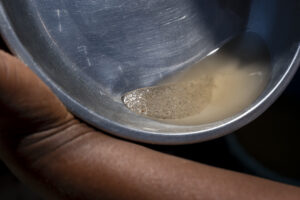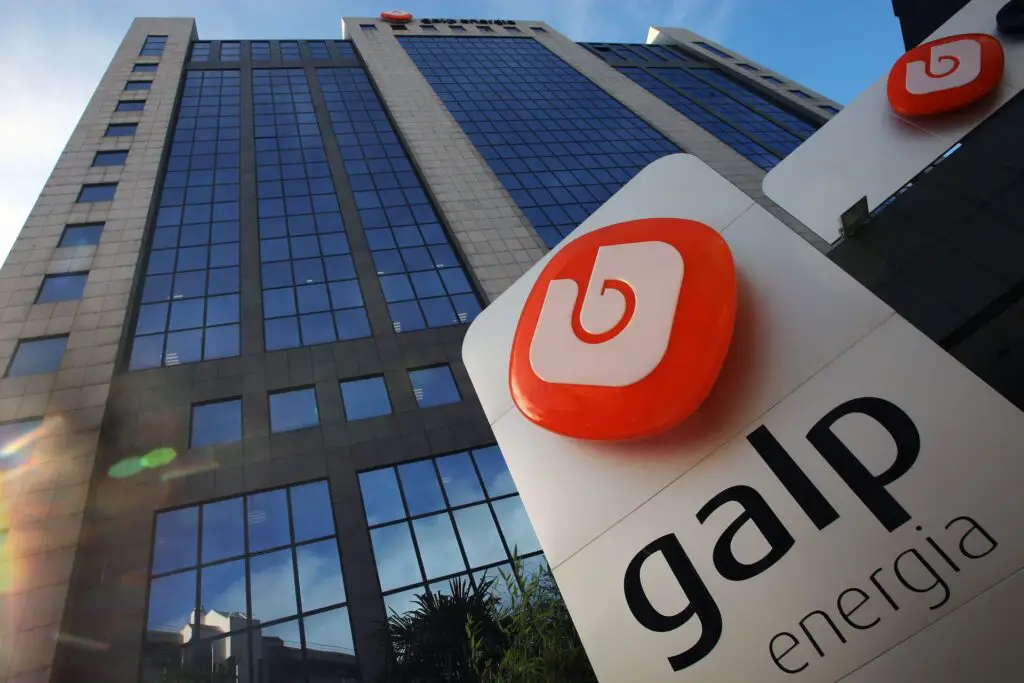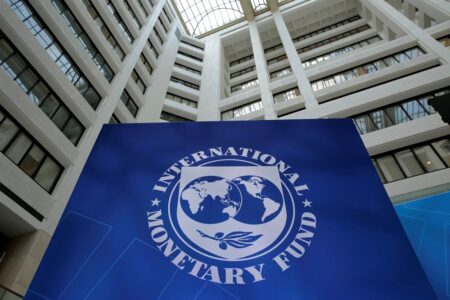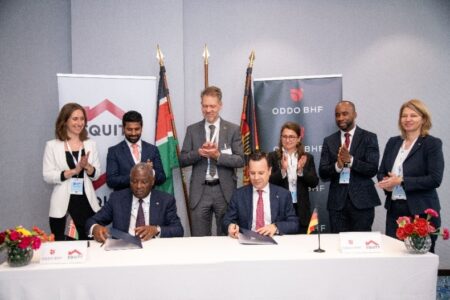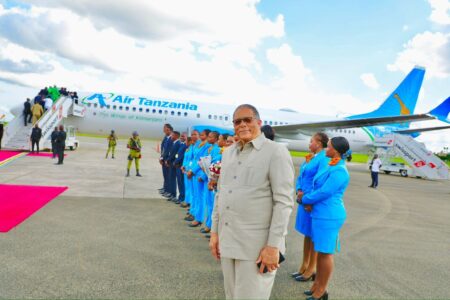- Namibia’s Mopane field could hold up to 10 billion barrels of oil, Galp announces.
- Tests on Mopane-1X well in January and the Mopane-2X well in March gave highly promising findings.
- Exploration success in Namibia could pave the way for a new revenue stream for Galp.
Portuguese oil company Galp Energia has set the stage for a potential game-changer in the global energy industry with its announcement at the weekend regarding the Mopane field off the coast of Namibia.
Following the conclusion of the first phase of exploration, Galp projects that the Mopane field could hold up to 10 billion barrels of oil, marking a huge step in the evolving oil and gas industry in Namibia.
Gap noted that testing operations were undertaken at the Mopane-1X well in January and the Mopane-2X well in March gave highly promising findings. The company noted the discovery of significant light oil columns in high-quality reservoir sands in both wells, situated roughly eight kilometers apart. According to Galp, the flows achieved during the tests reached the maximum allowed cap of 14,000 barrels per day, pushing the Mopane field to a potentially lucrative commercial discovery in Africa.
Mopane field potential 10 billion barrels of oil equivalent
“In the Mopane complex alone, and before drilling additional exploration and appraisal wells, hydrocarbon in-place estimates are 10 billion barrels of oil equivalent, or higher,” Galp noted, signaling the huge potential Mopane field brings to Africa’s oil and gas mix.
Located in the Orange Basin along Namibia’s coast, the Mopane field joins a roster of other key oil and gas discoveries made by major explorers such as Shell and France-based TotalEnergies.
At the moment, the Portuguese company holds about 80 per cent shareholding in Petroleum Exploration Licence 83, which covers an area roughly 10,000 square kilometres in the Orange Basin.
The exploration success in Namibia could pave the way for a new revenue stream for Galp, which currently boasts huge investments off the coast of Brazil and is involved in a natural gas project in the Rovuma Basin, in Mozambique.
Additionally, Galp projects extend beyond solo ventures, as it has announced of the possibility of attracting additional investors to its projects in Namibia, leveraging the potential for large-scale operations. This strategic move could further accelerate the development of Namibia’s oil and gas sector, unlocking economic opportunities and bolstering the country’s position as an emerging player in the global energy market.
The implications of Galp’s discovery extend beyond corporate interest, resonating with broader geopolitical dynamics. Namibia’s emergence as a key oil producer has caught the eye of the OPEC+ oil producers’ cartel, which recently lost Angola and other key players, seeing Namibia as a potential candidate for its membership.
With projections indicating that Namibia could rank as Africa’s fourth-largest oil producer by the next 10 years, the southern African country’s energy potential holds considerable sway in shaping regional and global energy industry dynamics.
As Namibia’s oil and gas sector continues to evolve and garner attention and investments, stakeholders are cautiously optimistic about the prospects of sustainable development and the equitable distribution of benefits.
Galp’s oil find in the Mopane field is yet another piece of the puzzle in the transformative potential of Namibia’s energy resources, offering a glimpse into the country’s promising future as a key player in energy supply.
Exploration in Namibia’s Orange Basin
Exploration in Namibia’s Orange Basin has been ongoing for several years, with both seismic surveys and exploratory drilling undertaken to assess the potential for commercial oil and gas discoveries. The latest oil find by Galp is the most promising commercial-scale discovery from the area’s hydrocarbon-bearing formations.
Challenges in the Orange Basin include deep-water depths, which can complicate drilling operations, as well as the technical complexities associated with exploring frontier zones.
Recent discoveries in Namibia’s Orange Basin, particularly the Graff-1, Venus-1, and Jonker-1X exploration projects, have sparked immense interest and investment from global oil and gas giants such as TotalEnergies, Shell, Chevron, and ExxonMobil. These discoveries have not only put Namibia on the map as a potential hotspot for hydrocarbon exploration but also underscore the country’s growing role in the world’s energy trade.
Economic benefit of Namibia’s oil find
Namibia’s National Petroleum Company NAMCOR’s assessment of the Orange Basin’s reserves, estimating 11 billion barrels of light oil and 2.2 trillion cubic feet of natural gas, has further fueled excitement and optimism. The exploration efforts continue to lay the groundwork for a potential industrial revolution powered by energy proceeds in the country. As more and more commercial finds get realized, Namibia stands to benefit a great deal, with projections suggesting a potential doubling of the country’s GDP by 2040.
Beyond the direct financial gains, the influx of investment and expertise from global energy players could catalyze broader socio-economic gains, including infrastructure development, creation of jobs, and technology transfer.
Read also: Namibia hits the gas pedal for first oil development


